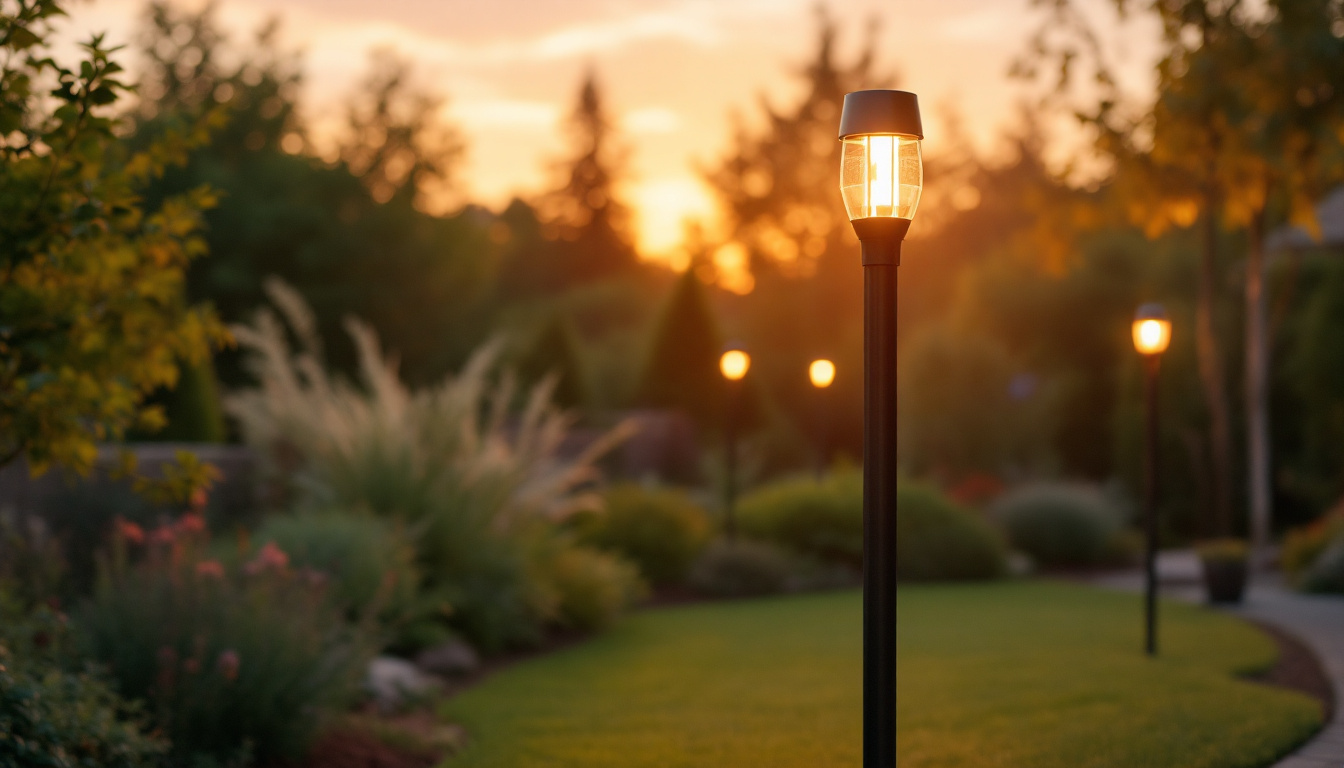

Understanding the various sizes of light bulb bases is crucial for lighting contractors. The base of a light bulb not only determines compatibility with fixtures but also influences the overall performance and efficiency of the lighting system. This article delves into the different types of light bulb bases, their applications, and essential considerations every lighting contractor should keep in mind.
Light bulb bases come in various shapes and sizes, each designed for specific applications and fixtures. The base type affects how the bulb connects to the electrical socket, impacting both functionality and safety. Familiarity with these types is essential for ensuring proper installations and replacements. Choosing the right base type not only enhances the performance of the lighting fixture but also contributes to energy efficiency and longevity of the bulb itself.
There are several common types of light bulb bases that contractors encounter regularly:
In addition to the common types, there are specialty bases that cater to specific lighting needs:
Understanding the nuances of these various base types is crucial for anyone involved in lighting design or installation. Each base type not only serves a functional purpose but also influences the aesthetic appeal of a space. For instance, the choice between an Edison screw base and a GU10 base can dramatically alter the overall look and feel of a room, as well as its lighting efficiency. Additionally, with the rise of LED technology, many of these base types have evolved, offering energy-saving options that do not compromise on brightness or color quality.
Moreover, as the market for smart lighting continues to expand, new base types are emerging that accommodate smart bulbs, which often come with unique bases designed for compatibility with smart home systems. This evolution in lighting technology means that staying informed about base types is more important than ever, as it directly impacts both functionality and the user experience in modern homes and businesses.
Choosing the correct base size and type is paramount for lighting contractors. The wrong base can lead to compatibility issues, safety hazards, and inefficient lighting solutions. Understanding the implications of base selection helps contractors make informed decisions that enhance the functionality of their installations.
The base size must match the fixture to ensure a proper fit. For instance, an E26 bulb will not fit properly in a fixture designed for a B22 base. This incompatibility can lead to flickering lights, poor performance, or even damage to the bulb or fixture.
Moreover, the wattage and voltage ratings associated with different bases can vary significantly. Contractors must ensure that the chosen bulb not only fits but also meets the electrical requirements of the fixture.
Energy efficiency is a growing concern in the lighting industry. Different base types can influence the energy consumption of the lighting system. For example, LED bulbs are available in various base types and offer significant energy savings compared to traditional incandescent bulbs.
Contractors should be aware of the energy ratings associated with different bulb bases and recommend options that align with energy-saving goals. This not only benefits the client but also contributes to broader sustainability efforts.
Familiarity with popular light bulb base sizes is essential for contractors. Here’s a closer look at some of the most commonly used sizes in the industry.
The Edison screw base is perhaps the most recognizable bulb base. It comes in various sizes, with E26 and E27 being the most common.
Bayonet bases, such as the B22, are characterized by their twist-and-lock mechanism. This design provides a secure connection, which is especially useful in environments where vibrations might loosen a standard screw base.
Contractors should note that while bayonet bases are less common in new installations, they are still prevalent in older fixtures. Knowledge of this base type is essential for retrofitting and upgrading existing lighting systems.
Proper installation techniques can significantly enhance the longevity and performance of light bulbs. Here are some essential tips for contractors to consider:
Before installation, it is crucial to verify that the bulb base matches the fixture. A snug fit ensures optimal electrical contact and prevents issues such as flickering or overheating.
Contractors should also check for any signs of wear or damage on both the bulb and the fixture socket. Replacing worn components can prevent future complications and enhance safety.
Safety should always be a priority when working with electrical components. Contractors should wear appropriate protective gear and ensure that the power is turned off before beginning any installation or replacement work.
Additionally, it is advisable to handle bulbs carefully to avoid breakage. For instance, using gloves can prevent oils from fingers from transferring to the bulb, which can cause hot spots and reduce the bulb’s lifespan.
While there are many options available, selecting the right light bulb base can sometimes pose challenges. Understanding these challenges can help lighting contractors navigate the selection process more effectively.
The lighting market is constantly evolving, with new technologies and designs emerging regularly. This variability can make it challenging for contractors to stay updated on the latest base types and their applications.
To address this, contractors should invest in continuous education and training. Staying informed about industry trends and advancements can help contractors provide the best solutions to their clients.
Client preferences can also complicate base selection. Some clients may have specific aesthetic or functional requirements that dictate the type of bulb base to be used.
Contractors should engage in open communication with clients to understand their needs fully. Providing a range of options, along with the pros and cons of each base type, can help clients make informed decisions.
The lighting industry is poised for significant changes, particularly with the rise of smart lighting technologies. Understanding how these trends may impact light bulb bases is essential for contractors looking to stay ahead.
Smart lighting systems often use specific base types designed to accommodate wireless technology. For instance, some smart bulbs come with proprietary bases that may not be compatible with traditional fixtures.
Contractors should familiarize themselves with these smart solutions and their requirements. This knowledge will enable them to offer clients the latest in lighting technology while ensuring compatibility with existing systems.
As energy efficiency becomes a more pressing concern, manufacturers are developing new bulb bases that support advanced energy-saving technologies. Understanding these advancements will allow contractors to recommend the most efficient solutions to their clients.
Contractors should stay informed about the latest energy-efficient products and their compatibility with various base types. This knowledge will enhance their credibility and help clients achieve their sustainability goals.
Understanding the sizes and types of light bulb bases is essential for lighting contractors. From ensuring compatibility with fixtures to navigating client preferences, knowledge of bulb bases can significantly impact the success of lighting installations.
By staying informed about industry trends, safety practices, and energy efficiency considerations, contractors can provide superior service and solutions to their clients. As the lighting industry continues to evolve, adapting to these changes will be key to maintaining a competitive edge.
Ready to elevate your lighting installations with the right bases and the highest quality products? Look no further than LumenWholesale, where we provide lighting contractors like you with spec-grade lighting solutions at unbeatable wholesale prices. Our extensive selection is designed to meet the highest industry standards, ensuring that every project shines with reliability and performance. Plus, with free shipping on bulk orders, you can stock up on premium lighting without worrying about hidden fees or compromises. Don’t miss out on the perfect blend of quality, affordability, and convenience. Visit us now for Wholesale Lighting at the Best Value.

Discover how outdoor LED post lights can revolutionize your lighting projects by saving time and reducing costs.

Discover the essential best practices for warehouse lighting fixtures in this comprehensive guide tailored for lighting contractors.

Discover essential tips and common pitfalls for lighting contractors when installing ceiling mounted light fixtures.

Discover essential tools and technologies that every lighting contractor needs to enhance efficiency and precision in their projects.
Get notified when NEW deals are released.
Optimize your budget with wholesale discounts.
Only top-quality, specification-grade lighting products.
No additional costs at checkout - what you see is what you pay.
We understand the unique needs of contractors.